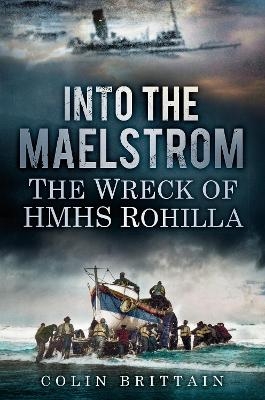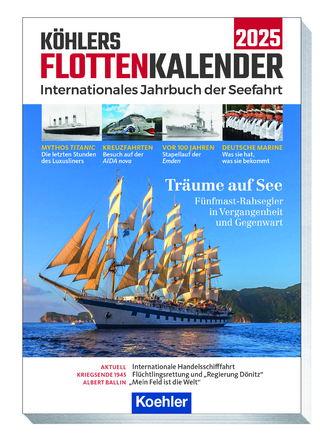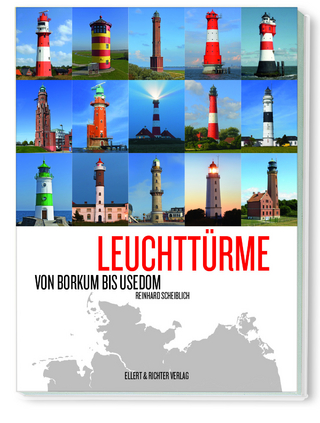
Into the Maelstrom
The Wreck of HMHS Rohilla
2014
The History Press Ltd (Verlag)
978-0-7524-9765-5 (ISBN)
The History Press Ltd (Verlag)
978-0-7524-9765-5 (ISBN)
On 29 October 1914 the hospital ship Rohilla left Queensferry with 234 people on board bound for Dunkirk. Despite being holed, the lifeboat reached the wreck after great difficulty and rescued five nurses and twelve men.
On 29 October 1914 the hospital ship Rohilla left Queensferry with 234 people on board bound for Dunkirk. Just after 4 a.m. on 30 October there was a tremendous impact as the ship ran onto rocks at Saltwick Nab, a mile south of Whitby. Mortally wounded only 600 yards from shore, she was ‘so close to land yet so far from safety’. It was impossible to launch the Whitby No. 1 lifeboat to aid those stranded on the ship, instead the No. 2 boat, John Fielden, was lifted over the sea wall and hauled over the rock Scar to opposite the Rohilla. Despite being holed, the lifeboat reached the wreck after great difficulty and rescued five nurses and twelve men. A further eighteen men were saved in a second trip, but damage to the lifeboat barred any further rescues. This book unfolds the heroic events that transpired as members of the public and lifeboatmen struggled to reach those stranded on the wreck. The final fifty souls were saved in an impressive rescue from a motor lifeboat that had travelled over 40 miles in perilous conditions to reach them. Of the 234 people on board the Rohilla eighty-nine were lost. Such was the effort involved that the RNLI bestowed some of its highest medals on several of those involved in the rescue. The loss of the Rohilla is still regarded as one of the worst tragedies to have occurred amongst the annals of the RNLI.
On 29 October 1914 the hospital ship Rohilla left Queensferry with 234 people on board bound for Dunkirk. Just after 4 a.m. on 30 October there was a tremendous impact as the ship ran onto rocks at Saltwick Nab, a mile south of Whitby. Mortally wounded only 600 yards from shore, she was ‘so close to land yet so far from safety’. It was impossible to launch the Whitby No. 1 lifeboat to aid those stranded on the ship, instead the No. 2 boat, John Fielden, was lifted over the sea wall and hauled over the rock Scar to opposite the Rohilla. Despite being holed, the lifeboat reached the wreck after great difficulty and rescued five nurses and twelve men. A further eighteen men were saved in a second trip, but damage to the lifeboat barred any further rescues. This book unfolds the heroic events that transpired as members of the public and lifeboatmen struggled to reach those stranded on the wreck. The final fifty souls were saved in an impressive rescue from a motor lifeboat that had travelled over 40 miles in perilous conditions to reach them. Of the 234 people on board the Rohilla eighty-nine were lost. Such was the effort involved that the RNLI bestowed some of its highest medals on several of those involved in the rescue. The loss of the Rohilla is still regarded as one of the worst tragedies to have occurred amongst the annals of the RNLI.
Colin Brittain is a BSAC advanced diver and open water instructor. He has been closely consulted for and appeared on the BBC Coast episode on the Rohilla.
| Erscheint lt. Verlag | 22.9.2014 |
|---|---|
| Zusatzinfo | 120 Illustrations, black and white |
| Verlagsort | Stroud |
| Sprache | englisch |
| Maße | 156 x 234 mm |
| Themenwelt | Natur / Technik ► Fahrzeuge / Flugzeuge / Schiffe ► Schiffe |
| Geschichte ► Teilgebiete der Geschichte ► Kulturgeschichte | |
| Geschichte ► Teilgebiete der Geschichte ► Militärgeschichte | |
| ISBN-10 | 0-7524-9765-0 / 0752497650 |
| ISBN-13 | 978-0-7524-9765-5 / 9780752497655 |
| Zustand | Neuware |
| Haben Sie eine Frage zum Produkt? |
Mehr entdecken
aus dem Bereich
aus dem Bereich
internationales Jahrbuch der Seefahrt
Buch | Softcover (2024)
Koehler in Maximilian Verlag GmbH & Co. KG
23,95 €


